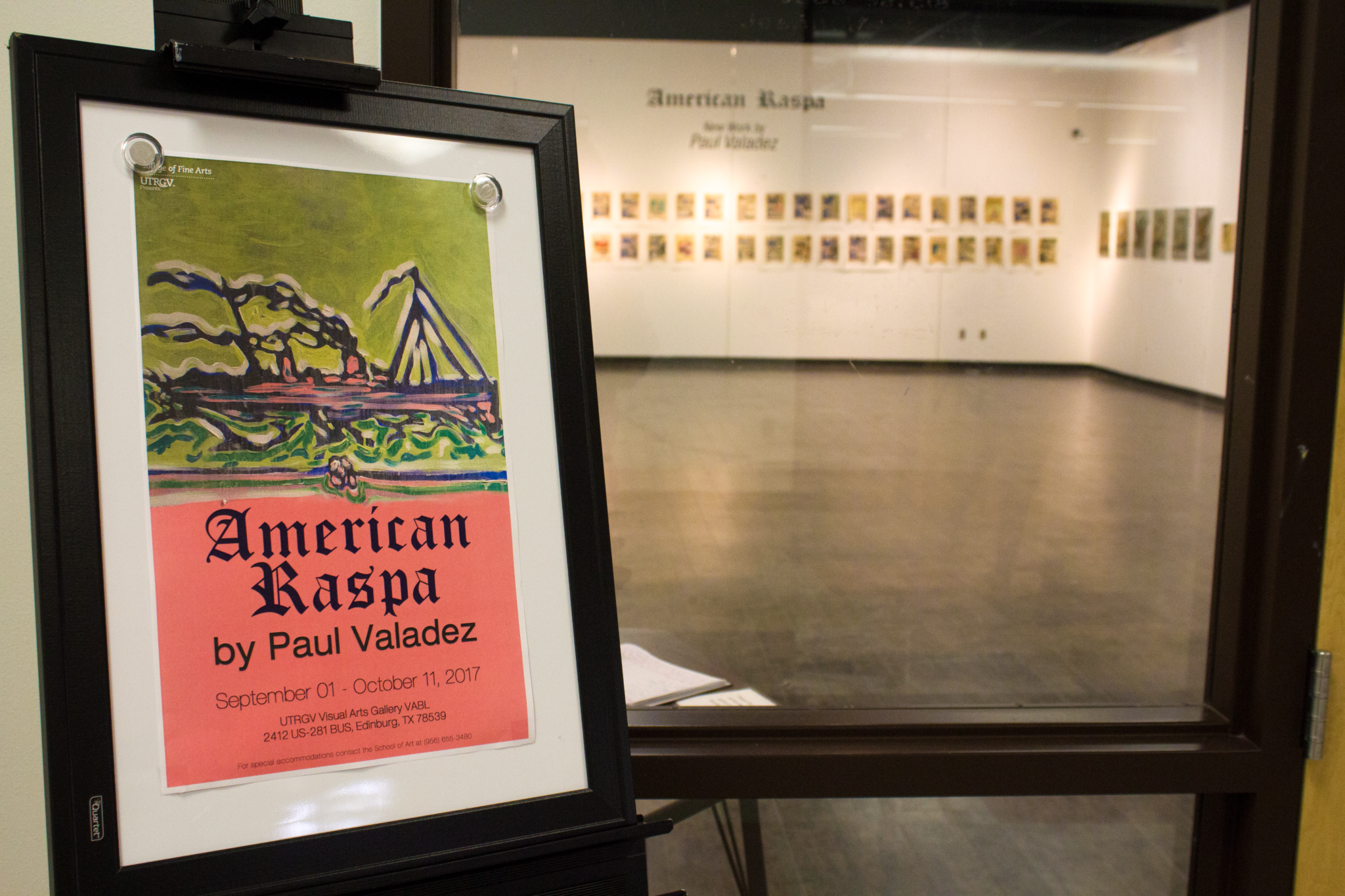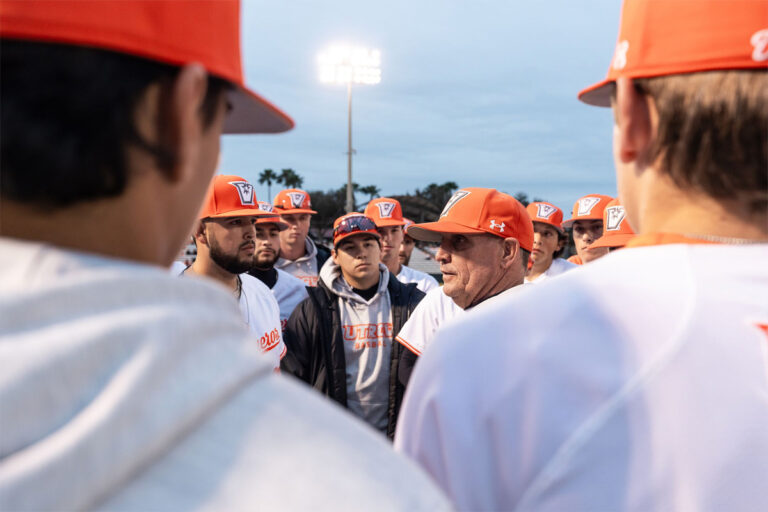
Summer never ends in South Texas, and even when the fall breeze blows, or the one-day winter freeze makes an appearance, a raspa will always sound like a good idea for locals.
Paul Valadez, an artist and art professor at the University of Texas Rio Grande Valley, would agree.
Valadez’s newest collection, “American Raspa,” celebrates the life and unique experience of raspa stands in the Rio Grande Valley.
He found inspiration in his experiences as a child trying to understand the “mysterious” language of Spanish, and then stumbled upon wanting to do something with the unfamiliar.
“I was thinking about mysteries, and I was thinking about this idea of things that were mysterious, and raspa stands came to haunt me, because they would seem to never have any posted hours, and you would never know exactly when they were open,” Valadez said.
Reminiscing on the strange adventures of trying to find a stand, he said, “It would be this very strange thing. You’re driving at night, and all of a sudden there’s like a glow, and it was, ‘Oh, yeah, a raspa stand,’ and not everywhere has these raspa stands.”
Shaved ice is popularly known to have originated in Yokohama, Japan, during the late 1800s. Known as “kakigori,” it soon became a popular attraction by the 1920s, according to the Big Island Shaved Ice website.
In America, shaved ice started to appear in the 1850s, with ice wagons and carts ready to serve some shaved ice.
All over the world, variations of the treat popped up, with names such as “copos” (Costa Rica) and “gola” (India), but only in South Texas and Northern Mexico can one find the raspa.
Pickles, gummy bears, Kool-Aid, Lucas candy, all the toppings and flavors you can think of get combined into a swirl of iced fun, and like that combination, the raspa itself is a symbolic representation of the blending of cultures here in the Valley, thus creating something new.
“Why would we think of this as a Mexican thing when it actually has nothing to do with Mexico? So I thought, it’s an American thing, it’s this American mystery, it’s this thing that is uniquely to this area,” Valadez said.
The collection is ongoing, with Valadez still in the process of creating more pieces in his office. Currently, there are 50 to 60 works of art.
With different mediums being used, “American Raspa” incorporates raw material, sheet music, paint, ink, and pencil into most of its pieces.
As for Valadez’s process, he says, “The trick is to not think at all,” and to just make art.
“American Raspa” is set to open Friday in the UTRGV Visual Arts Gallery, also known as VABL, located at 2412 S. Closner in Edinburg. The exhibit will close Oct.11.





